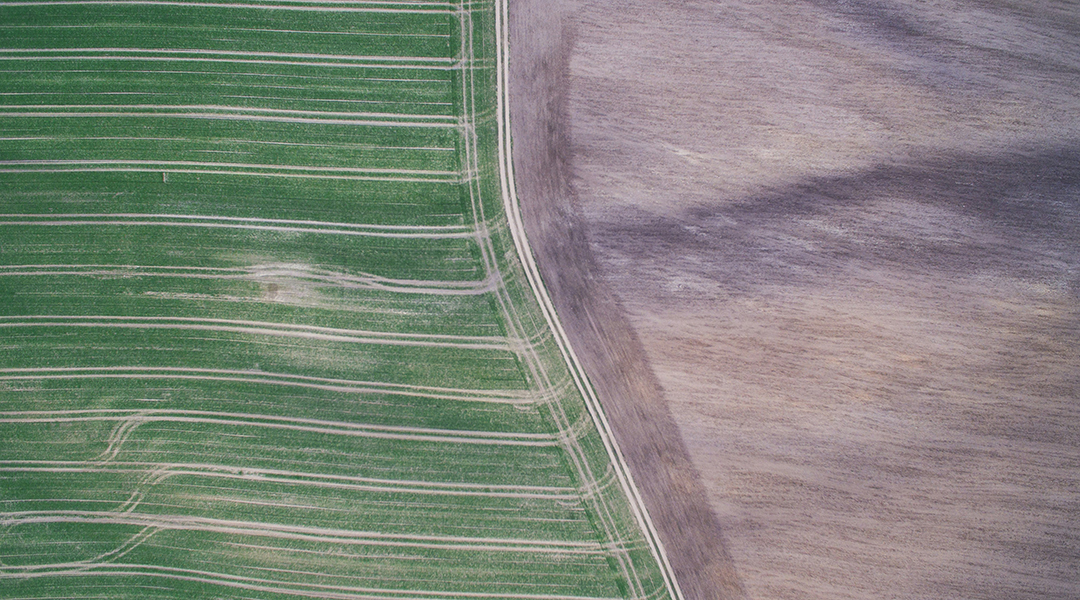For over 10,000 years, humans have cultivated crops and domesticated plants. Farmers historically selected grains based on desirable traits alongside productivity where modern seed selection methods now prioritize high-yield varieties.
While crucial for feeding a growing global population, scientists note that modern seed systems have detracted from the environmental benefits of traditional seed selection techniques. In the process, characteristics that make crops suitable for various landscapes, suboptimal growing conditions, and pests are being eroded away.
Preserving these features, along with supporting farmers who cultivate diverse crops, is essential for sustainable agriculture amid climate change.
“While crop genetic resources are considered a global public good, we need to acknowledge that most of these resources are managed by smallholder farmers that may lack social and financial supports,” explained Yolanda Chen, a researcher at the University of Vermont, wrote in an email to Advanced Science News. “It is important to find ways for equitable sharing of biodiversity so that seed systems are more sustainable.”
Seeds better suited for local environments
Smallholder farmers choose seeds for a myriad of reasons, such as flavor, stress tolerance, and cultural heritage, not just high yield alone. This mix of human and natural selection results in landraces — locally-adapted crop varieties — that are better suited to tackle local environmental, insect-related, and microbial threats.
When farmers save seeds from one harvest for next year’s cycle, these saved varieties are better able to tolerate stress, flourish with little water, and fend off pests because they are already better adapted to their growing environment that improves with every cycle.
Millions of farmers will grow a crop, such as maize or wheat, across various landscapes, resulting in thousands of landraces. Based on recent data, traditional seed systems account for nearly 90% of seeds for smallholder farms–more than 300 million farms across Latin America, Asia, and sub-Saharan Africa. Despite these high figures, modern seed systems have been infiltrating farming cultures in rural areas.
Until the mid-20th century, these traditional practices remained mostly the same. Around the time of World War II, qualms over hunger and food deficits led to the promotion of modern seed systems and industrialized agriculture. Between 1960 and 2000, agricultural output doubled around the world. As of 2011, three firms control more than half the global seed market.
While the “Green Revolution” has been successful in feeding the world’s population, it has also resulted in less farmer involvement, fewer available seed varieties, as well as more pesticide and fertilizer use.
Making better policies in a changing world
Formal seed systems prioritize high-yielding varieties of crops that are accustomed to growing in optimal conditions, with no opportunity for natural selection. These crops are at higher risk of stress from drought and pests and farmers that use these seed systems buy new seeds every year. As a result, these seeds never have the opportunity to adapt to local environments and the stressors they may encounter.
Some plant breeding programs have recently aimed to reintroduce lost traits that improve resistance to various stressors and pathogens. In these circumstances, landraces are useful sources when screening for key traits.
For example, maize landraces can thrive across highlands, lowlands, rainforests, and desert, and oat landraces are more resistant to fungal diseases. Unlike high-yield varieties, landraces such as Mexican maize can co-opt help from wasps and worms to fight herbivores.
“Having quality seed that germinates at a high rate and is weed free is essential to the food system. However, we really don’t spend a lot of time talking about how this system came to be what it is or how we can make it work for more types of communities,” Michael Kantar, a researcher at the University of Hawai’i at Manoa, Hawai’i, who was not involved in the study. “Lots of talk about climate change mitigation is about moving crops to new regions, but this requires seed systems for these new crops to be regionally present.”
As climate change worsens, plants that fare better when faced with different stressors will be indispensable to a sustainable future and so shall the farmers that preserve the seeds of landraces. In this way, farmers and traditional seed systems offer what Chen and colleagues call evosystem services. These services evolve from encouraging behaviors that select for crops in a way that preserves genetic diversity, ultimately, safeguarding against food insecurity.
“In writing this paper, we hope to call global attention to value the efforts of smallholder farmers who continue to grow and select landrace seeds,” said Chen. “We are concerned that the smallholder farmers that contribute to crop evosystem services the most may be overlooked by international and national entities.”
Chen and colleagues have crafted a policy brief to share with government officials. Their aim is to provide practices that can be established to support smallholder farmers. Further, they hope to find ways to connect traditional and scientific knowledge in cultivating diverse crops capable of withstanding various stressors.
“Any policy that has specific ecosystem service goals will be beneficial to sustainability,” added Kantar. “I think policies that emphasize things other than production and that focus on having shorter supply chains would benefit stronger regional agriculture and lead to more resilient systems as more people would need to be involved.”
Reference: Alicia Mastretta-Yanes, et al., Human management of ongoing evolutionary processes in agroecosystems, Plants, People, Planet (2024). DOI: 10.1002/ppp3.10521
Reference: Dominik Martin on Unsplash














